iEER action plans for sustainable recovery
The iEER extension has ended, but each region continues to implement follow-up actions through a bundle of action plans.
iEER is back - this time supporting a sustainable and socially inclusive recovery from the Covid-19 pandemic.
iEER is an Interreg Europe funded flagship project that has been revived for 2022, bringing together 8 regions. Originally initiated in 2016 by a group of regions awarded with the European Entrepreneurial Region label, iEER defined smart paths and solutions to boost regional entrepreneurship ecosystems supporting young entrepreneurs in 2016-2020.
€2,692,446.00
SME competitiveness
Initially, the iEER project was ongoing 2016-2020. The project defined smart paths and solutions for partners to boost and orchestrate regional entrepreneurship ecosystems supporting young entrepreneurs.
However, in search of a sustainable and socially inclusive recovery from the COVID-19 crisis, iEER has been granted with additional fundings from Interreg Europe for 2021-2022. This time the project supports a sustainable and socially inclusive recovery from the Covid-19 pandemic. It aims to learn and share best practices on
The now ongoing third phase of the iEER project has a budget of 490,000 euros.
The project received EU Interreg Europe Programme funding, thus initially bringing together ten different regions around Europe. Eight regions participate in the new period.
The earlier project of 2016–2020 had a total budget of 2,3 million euros. It improved the cooperation between actors in different European regions in supporting young entrepreneurship, as well as the regional innovation capability and competitiveness by offering services to young entrepreneurs. Cooperating partners are for instance universities, business services of cities and enterprise accelerators.
In the first four years, 2016-2020, project partners learned from each other to build better services and regional policies in support of startups. The aim of the project was to break down silo mentality and bring together all actors having a hand in entrepreneurial success. Universities, local and regional authorities, entrepreneurship support organisations and SMEs were closely involved in the project both on local and interregional levels.
iEER is about working together across borders and organisations to find the best solutions for regional entrepreneurial ecosystems.
A key element of the project were learning camps, where project partners study the best practices of a region and brainstorm in workshops to identify what makes or breaks a budding business.
In addition to learning camps, peer reviews formed an important part of the learning process. Peer reviews provided an outside perspective to the region and the received feedback is a valuable tool in improving the local ecosystems.
iEER learning process was conducted during 2016-2018, after which the findings were collected, analysed and compiled into regional action plans and into an iEER Boost Growth Handbook. The handbook gathered the best practices and most useful policies into a practical guide to benefit other European regions.
In 2018-2020 iEER moved from learning to implementation. Regional action plans were put into practice and their progress has been closely monitored. The results and lessons learned from the implementation of the action plans were collected into a policy recommendation in 2019. Action plans, Boost Growth Handbook and policy recommendation have been shared to provide others the chance to implement lessons learned.
iEER has worked closely with the EU Committee of the Regions and DG Growth to make sure project results can be enjoyed by regions around Europe.
Finland’s ESIF programme is a multi-funding instrument aiming to create more than 12,700 new jobs and support 5660 SMEs by 2023. In the Helsinki-Uusimaa region the programme has a budget of 50 million euros.
iEER provides solutions to improve the efficiency of structural funds and to pool multi-funding resources available from the EU and national or private actors. The project aims for a sustainable impact and investment of structural funds in the Helsinki-Uusimaa region.
The ESIF programme of the Westpomeranian Region has a budget of 1150 million euros (ERDF) and 450 million euros (ESF). Its aims to support more than 1,900 enterprises, 20,000 unemployed people in their search for a job and 12,000 pupils participating in internships.
iEER provides the opportunity to learn the best practices from other regions making most out of ESIF funds to benefit young entrepreneurs.
Priority Axis 2 of West Region Romania's structural fund has a 40 million euros budget and aims to enhance SMEs' competitiveness focusing on Romania's high-growth economic sector.
One way to increase the competitiveness of the region is related to the creation of high value added niches. Through iEER West Region Romania can identify and import best practices to improve the local entrepreneurship ecosystem.
The ESIF programme for Brandenburg has a budget of 364 million euros and aims to improve the competitiveness of enterprises by enhancing the quality, innovation, security and flexibility of the labour market and workforce.
Land Brandenburg supports business start-ups as an important source of employment and as a strategic approach to unemployment. iEER strengthens this approach by presenting new and innovative ways to use structural funds in startup support.
With a budget of 168 million euros, Marche's structural fund programme promotes investment in R&D and increasing the capacity for innovation in the enterprise ecosystem.
Through policy learning iEER provides new ways to increase the competitiveness of the region and tackle the challenges faced by inland areas to counter the demographic challenges.
Nord-Pas de Calais' structural fund programme aims to support 260 R&I companies, 500 SMEs and create 12.400 new jobs in SMEs.
The region has a young population but unemployment rate is higher than national average. iEER helps the region to discover best practices and improve policies to boost young entrepreneurship in the area.
The addressed structural fund aims to create 20,000 sustainable jobs in Northern Ireland by 2020. With a budget of 308 million euros, the policy instrument is trying to reduce the size of the public sector and grow the private sector.
iEER helps the region to find best practice and improve local policies to better support entrepreneurship and SMEs.
The current structural fund programme aims to raise productivity level 10 per cen above the OEDC average. It focuses on 3 business areas of regional RIS3 sectors: Health and Social Innovation, Sustainable energy and Experience Economy.
Through iEER the region of Southern Denmark seeks to learn the best practices from other partner regions to link the development in urban areas to outlying areas using entrepreneurship as the lever.
Valencia's structural fund programme aims to invigorate the Valencian Enterprises Network. The programme helps to create and develop new enterprises and startup support services.
iEER helps the region to come up with new ways to foster entrepreneurial spirit and mindset activation in young people. It also presents measures to strengthen the local entrepreneurship ecosystem to promote growth and competitiveness.
The structural fund programme in Kerry region aims to promote entrepreneurship by facilitating the economic exploitation of new ideas and fostering the creation of new firms. A particular emphasis is given for the need to accelerate micro-enterprise start-up and expansion.
iEER supports the region to develop policies and practices which continue to deliver entrepreneurial support.
The iEER extension has ended, but each region continues to implement follow-up actions through a bundle of action plans.
The iEER project is coming to an end, and now we want to invite local stakeholders to ideate and ensure with us continuation of our work.
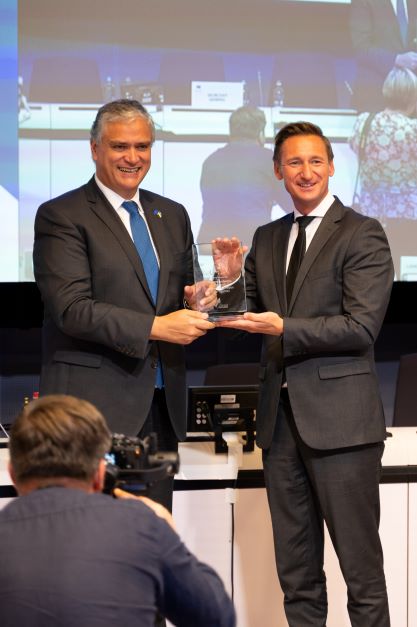
Our dear partner region West Pomerania has received the European Entrepreneurial Region award 2023.
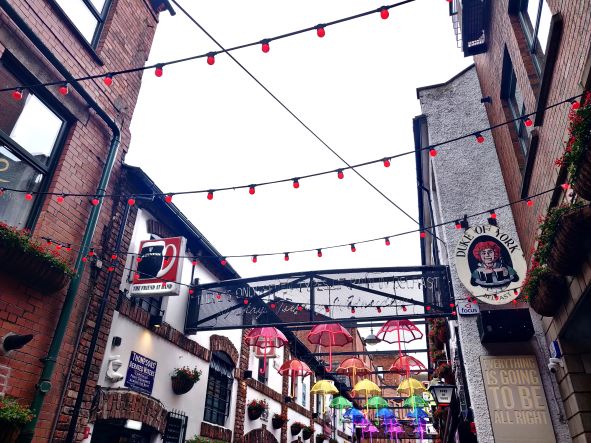
How can we build better bridges between the public and private sector? This was the over-arching discussion when iEER gathered in Belfast on 21-22 June.
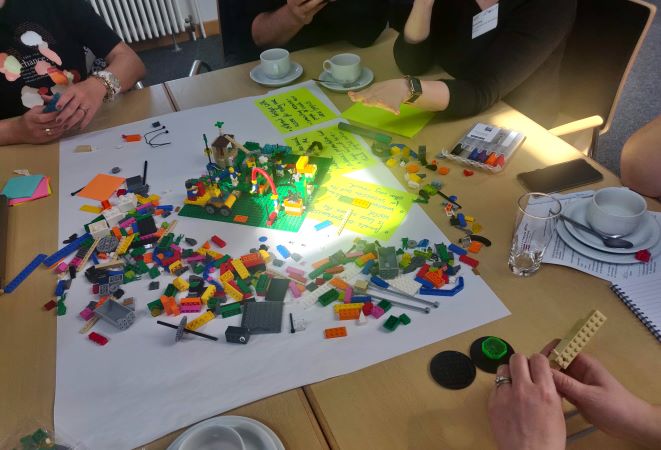
iEER partners and stakeholders gathered in Brandenburg for an interregional learning event on green and digital entrepreneurship on May 24-25.
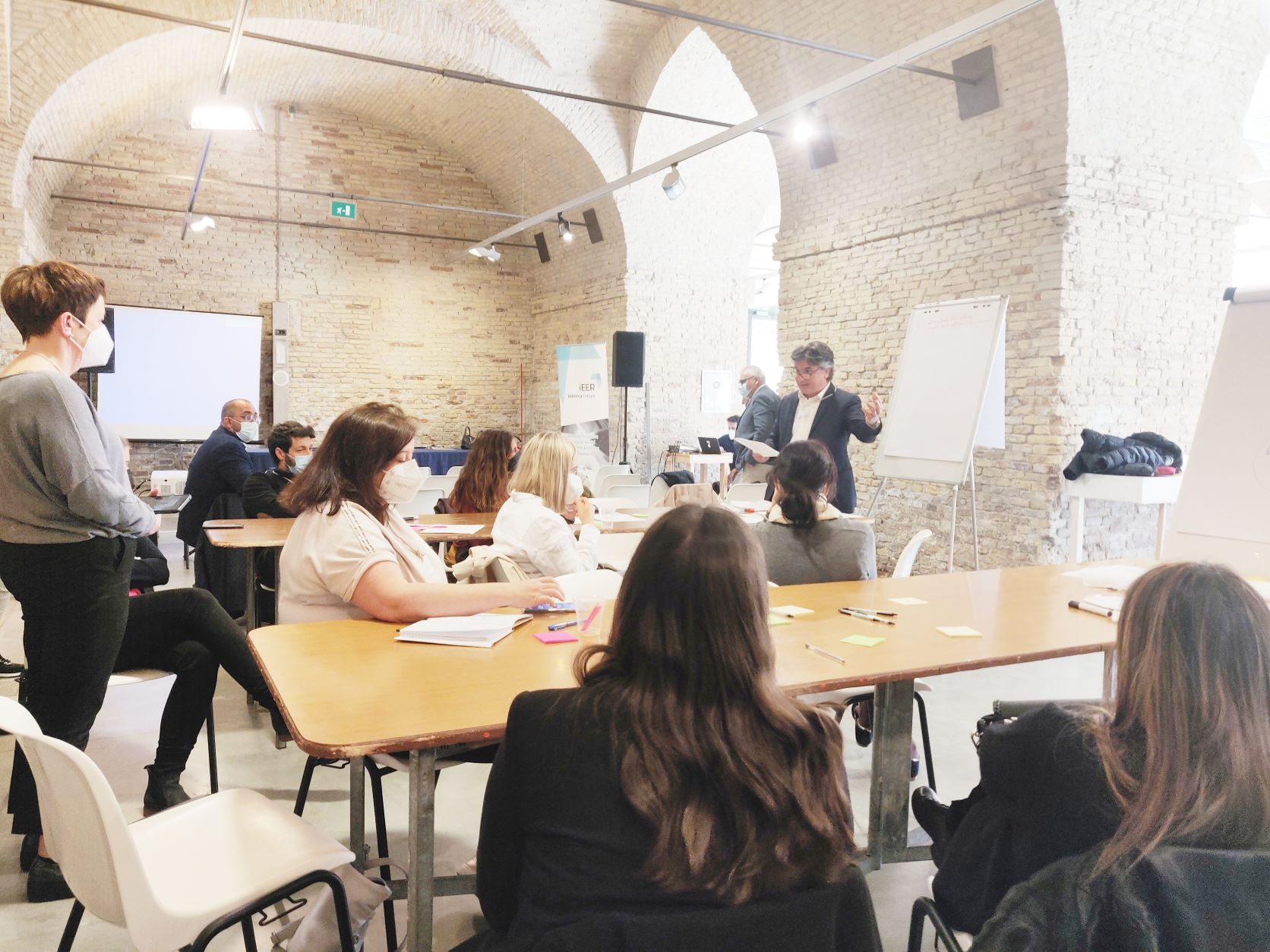
After two years of remote working, iEER partners and stakeholders were thrilled to meet in Ancona for its first learning event on inclusive entrepreneurship.
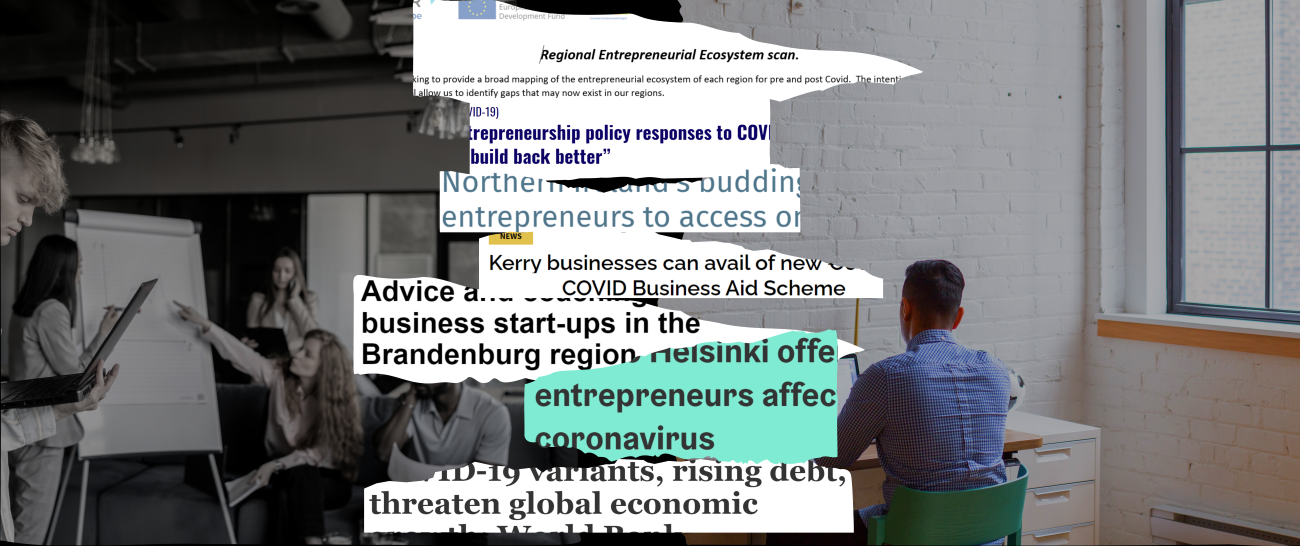
IEER partner regions are conducting an analysis to understand how to build and develop their entrepreneurial ecosystems to prepare for the post-pandemic world.
The iEER project is back to business boosting young entrepreneurship, this time to support a sustainable economic recovery from the Covid pandemic.
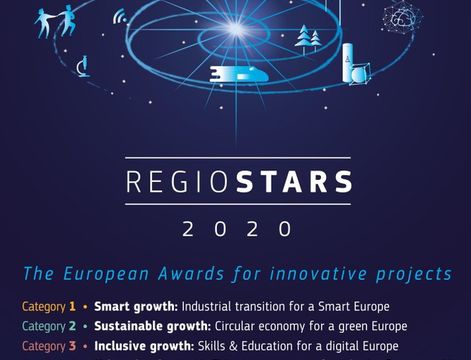
iEER, a regioStars Finalist.

iEER celebrating 30 years of Interreg.